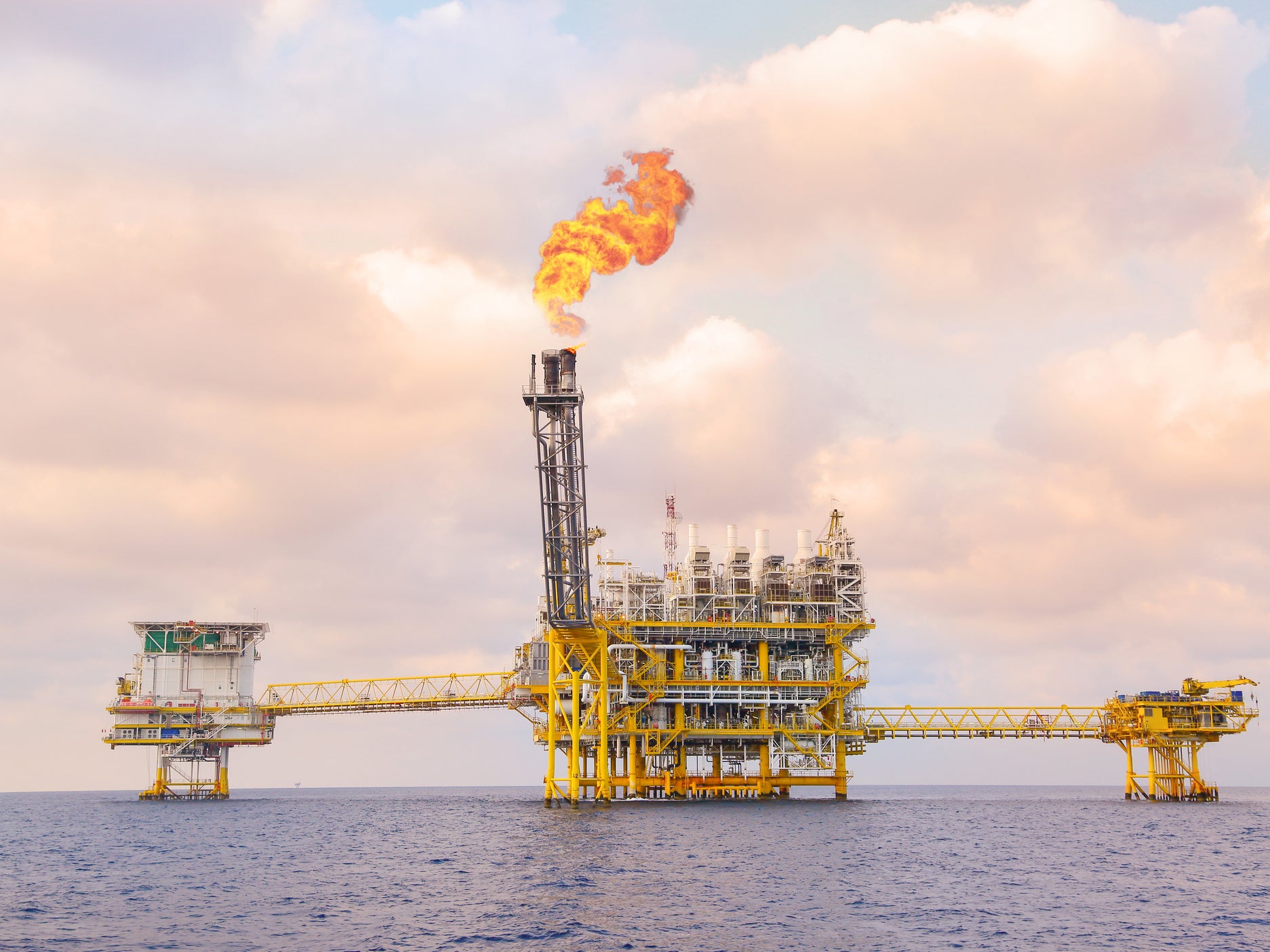IPCC: How global emissions can be cut by 43 per cent
Global emissions must peak by 2025 to keep climate targets in sight, IPCC warns

The world has less than three years to hit peak greenhouse gas emissions and begin a global wind down of fossil fuels, or average temperatures will soar past the 1.5C warming barrier the Paris agreement sought to put in place, the United Nations has said.
Warning "it’s now or never", the UN’s Intergovernmental Panel on Climate Change has said in its latest assessment of human progress on mitigating the threat posed by the worsening climate crisis.
The assessment shows that even limiting warming to a less optimistic target of 2C will require global greenhouse gas emissions to peak by 2025 at the latest, and then be reduced by a quarter by 2030.
To keep the 1.5C target within sight, global emissions must be cut by 43 per cent by 2030.
How can this be done? At the moment, emissions are still increasing "across all sectors globally", the report warned. While some economies have made considerable strides in cutting emissions from fossil fuel and industrial processes, these cuts have been less than rising global levels of emissions from industry, energy supply, transport, agricultural activity and buildings.
But the report’s authors have said it will still be possible to make the sweeping cuts to emissions required, even halving all global greenhouse gases by the end of the decade.
"We must triple the speed of the shift to renewable energy," said UN secretary general Antonio Guterres in his address to launch the report.
"That means moving the investments and subsidies from fossil fuels to renewables now. In most cases renewables are already far cheaper."
The report found that the costs of installing wind and solar power have fallen by 85 per cent in the past decade alone, while lithium battery technology has also come down in cost and made significant strides.
It said policymaking had cut some emissions, but had a larger role to play in reducing greenhouse gases: "By 2020, over 20 per cent of global [green house gas] emissions were covered by carbon taxes or emissions trading systems, although coverage and prices have been insufficient to achieve deep reductions."
One area which requires particular focus is agriculture which the IPCC said had seen limited governance to rein in its impacts.
The authors spelled out the future importance of carbon capture and storage technology, which currently has a very minimal impact, but could help manufacturing processes reduce their emissions in future – though not in time for the 2025 date to remain below 2C.
The report also calls for greater investment in energy efficiency, slashing deforestation, improving transport infrastructure, planning better urban areas, and reducing emissions in industry and agriculture.
IPCC Chair Hoesung Lee, said: “We are at a crossroads. The decisions we make now can secure a liveable future. We have the tools and know -how required to limit warming.”
“I am encouraged by climate action being taken in many countries. There are policies, regulations and market instruments that are proving effective. If these are scaled up and applied more widely and equitably, they can support deep emissions reductions and stimulate innovation.”
IPCC Working Group III Co-Chair Jim Skea added: “It’s now or never if we want to limit global warming to 1.5C. Without immediate and deep emissions reductions across all sectors, it will be impossible.”
The scientific consensus is that global temperatures will stabilise when carbon dioxide emissions reach net zero.
To stabilise at 1.5C warmer than the pre-industrial era, this means achieving net zero carbon dioxide emissions globally in the early 2050s. For average rises of 2C, it is in the early 2070s.
The report said the world’s historical cumulative net CO2 emissions from between 1850 and 2019 accounted for around four fifths of the total carbon budget we must abide by to retain a 50 per cent probability of limiting global warming to 1.5C.
Or, the authors said, we have used around two thirds of the total carbon budget we need to stick to to keep a 67 per cent likelihood of limiting average temperature rises to 2C.
“Climate change is the result of more than a century of unsustainable energy and land use, lifestyles and patterns of consumption and production,” said Professor Skea.
“This report shows how taking action now can move us towards a fairer, more sustainable world.”
Join our commenting forum
Join thought-provoking conversations, follow other Independent readers and see their replies
Comments
Bookmark popover
Removed from bookmarks